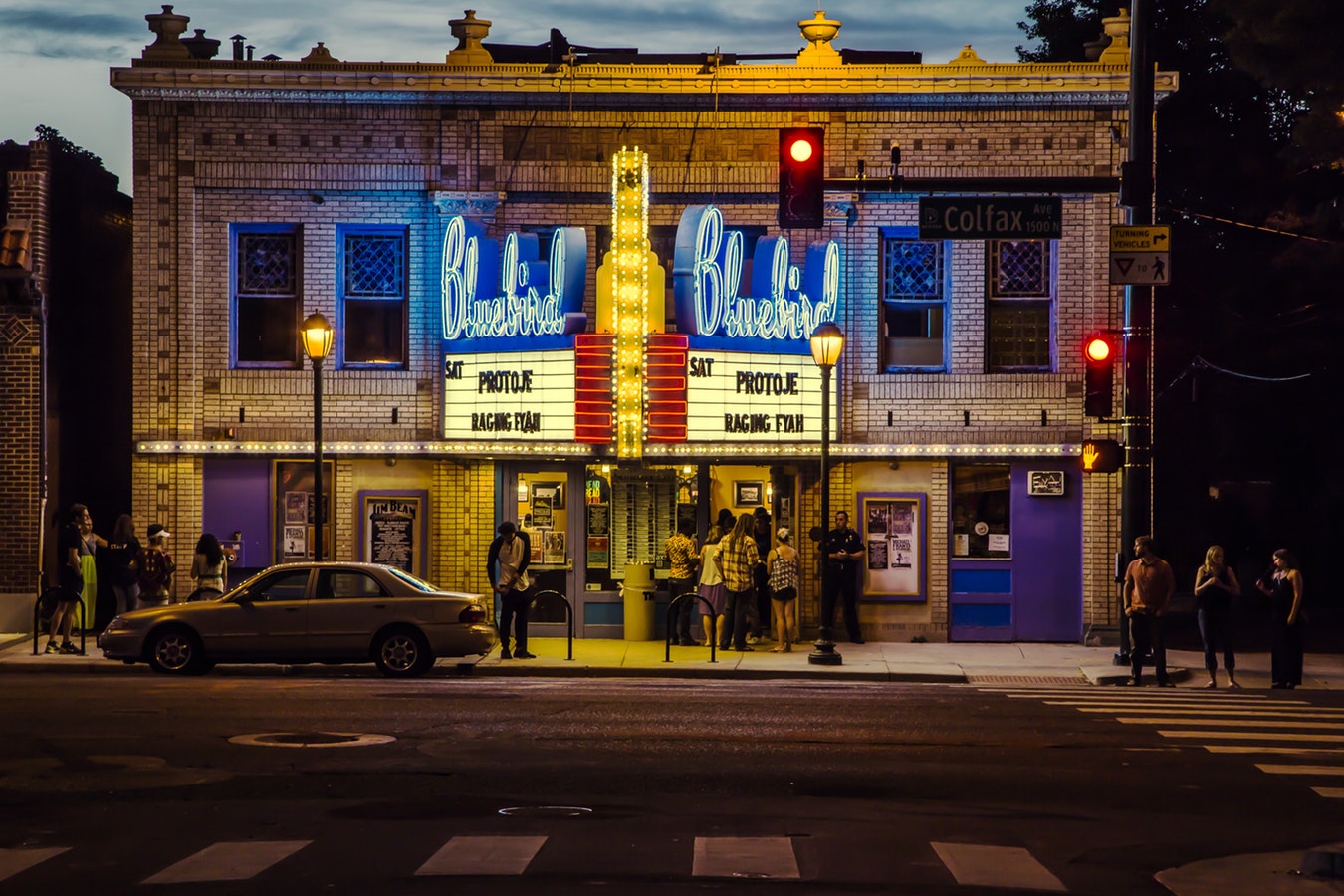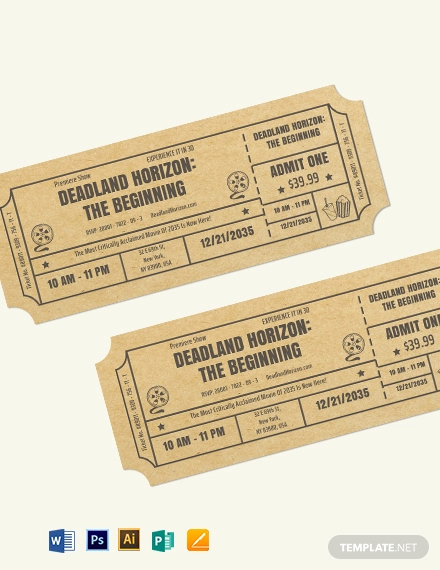29+ Movie Ticket Examples to Download
Tickets have been around for quite some time now. They’re most common during circumstances where customers are required to pay a particular fee in order to enjoy certain privileges offered by a company, similar to that of a movie ticket. In this article, we discuss the importance of movie tickets in the corporate world along with a few tips on how you can craft a good ticket design for your business.
Movie Ticket Template
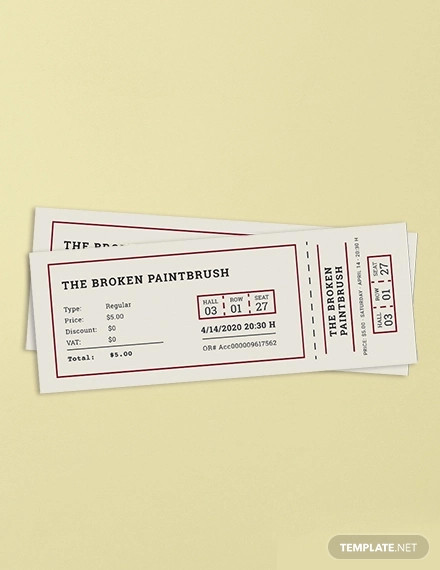
Date Night Movie Ticket Template
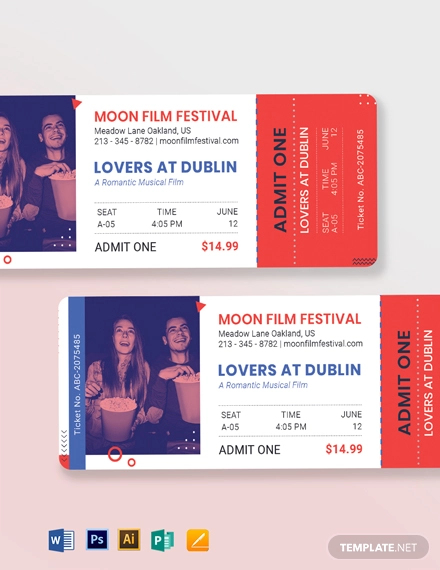
Cartoon Movie Ticket Template
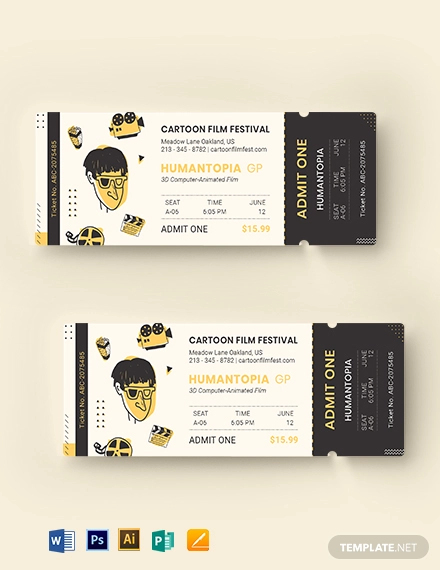
Christmas Movie Ticket Template
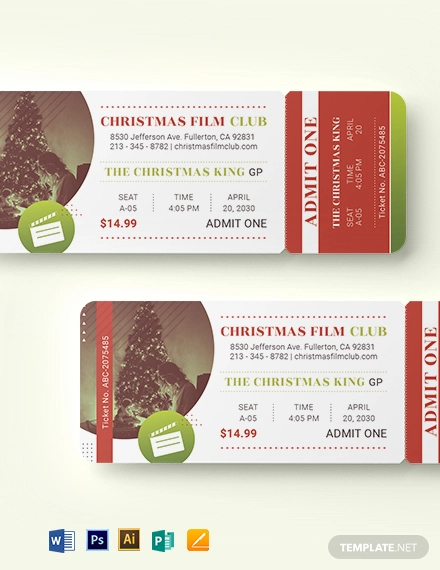
Vintage Movie Ticket Template

Old Time Movie Ticket Template
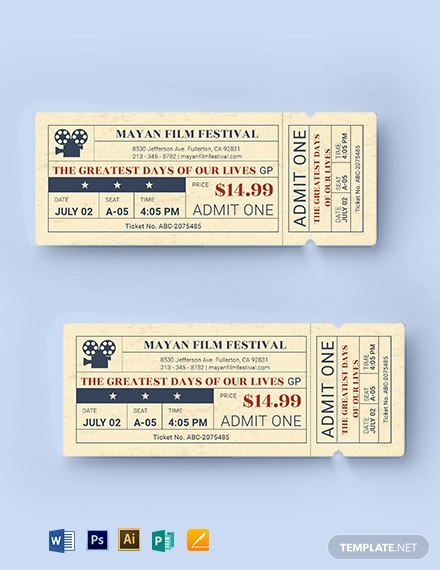
Save The Date Movie Ticket Template

Old School Movie Ticket Template
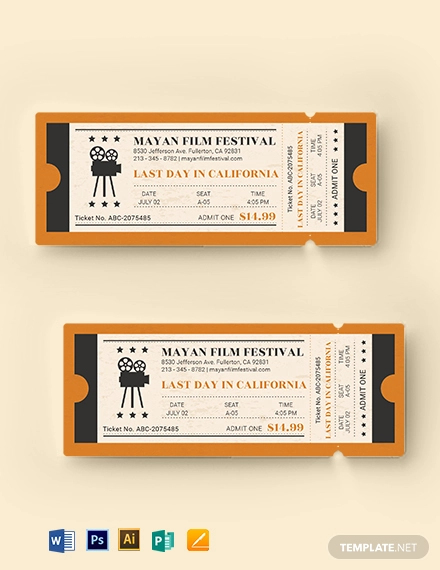
Movie Theater Ticket Template
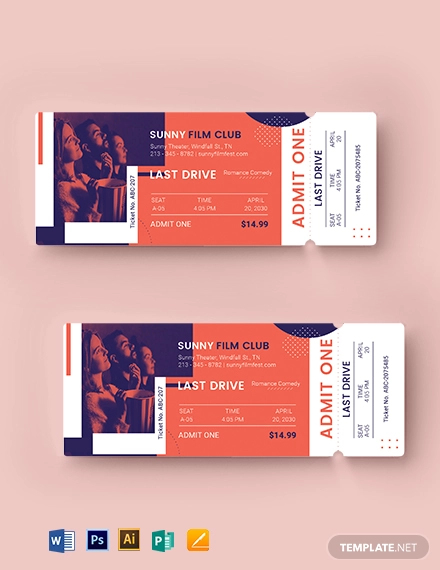
Retro Movie Ticket Template

Movie Night Ticket Template
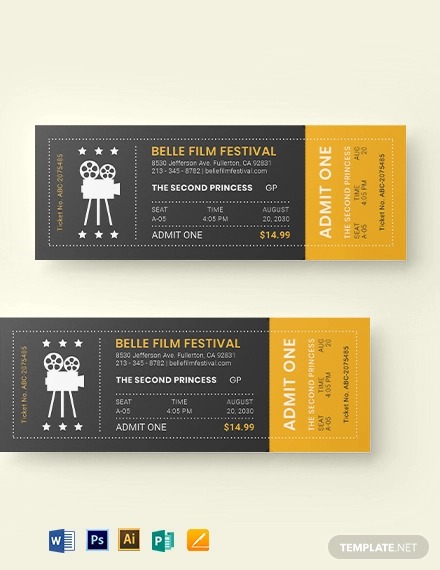
Minimal Movie Ticket Template
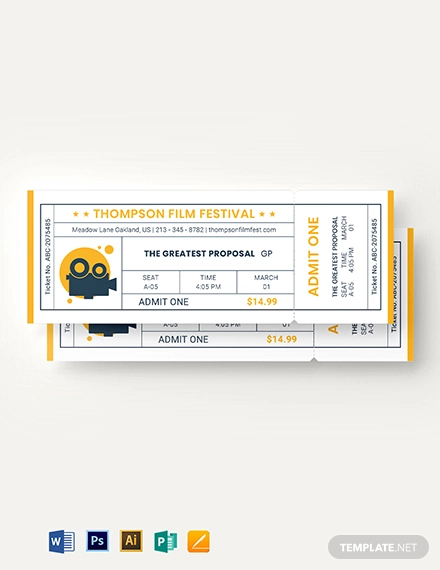
Lining up to see the new film adaptation of your favorite comic book or novel is always exciting. As you wait to purchase a ticket for the movie, do you ever wonder why tickets were created in the first place? Why do businesses issue tickets for customers to use? How can these tickets help maintain a safe and sound environment for employees and customers?
Movie Ticket Invitation Example
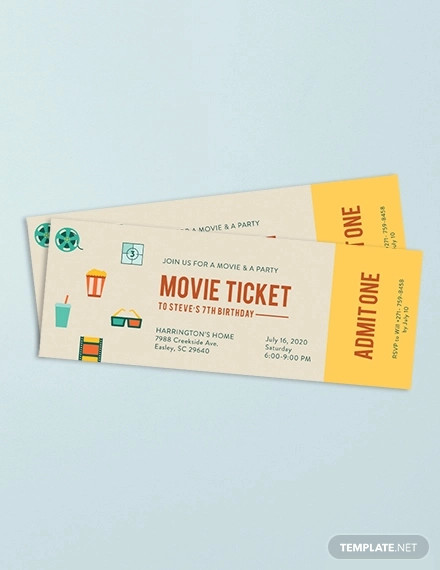
Family Movie Ticket Template
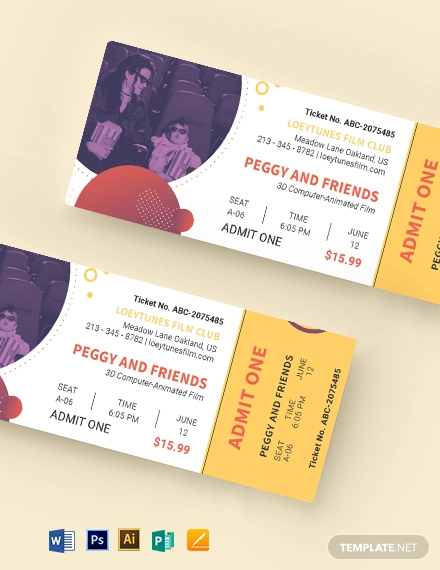
Action Movie Ticket Template
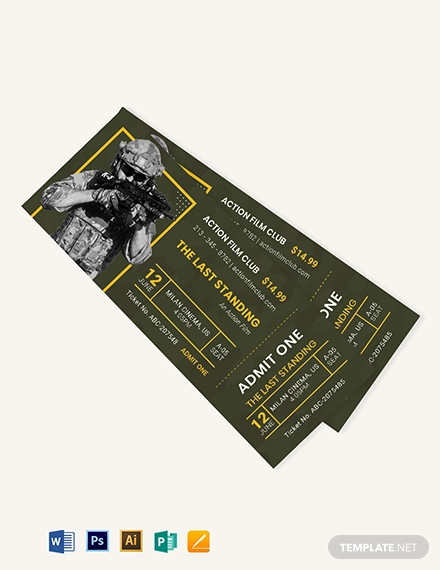
Cinema Ticket Template

Cinema Ticket Invitation Template
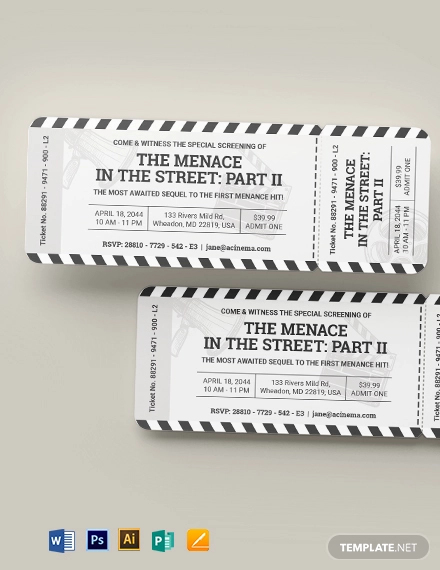
Cinema Event Ticket Template
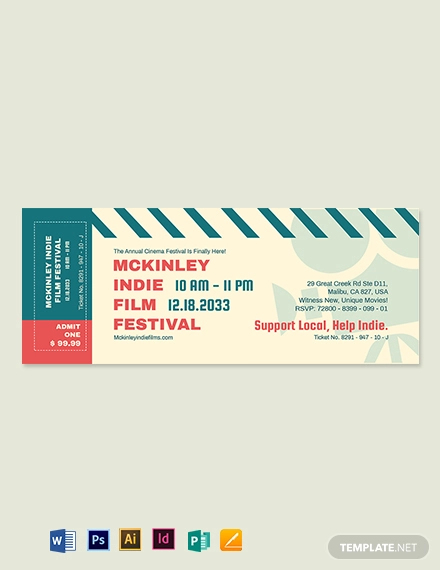
Movie Birthday Ticket Template

Movie Night Ticket Invitation
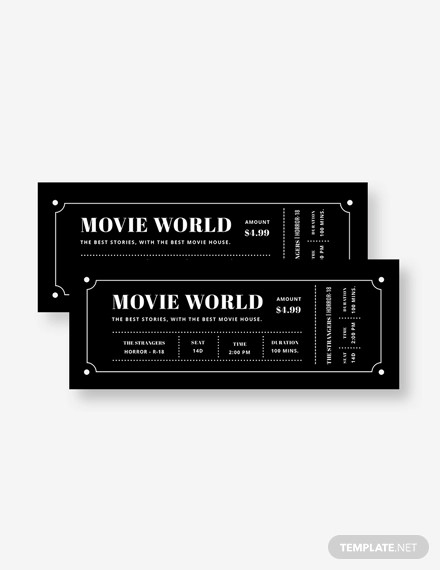
Best Movie Ticket Example
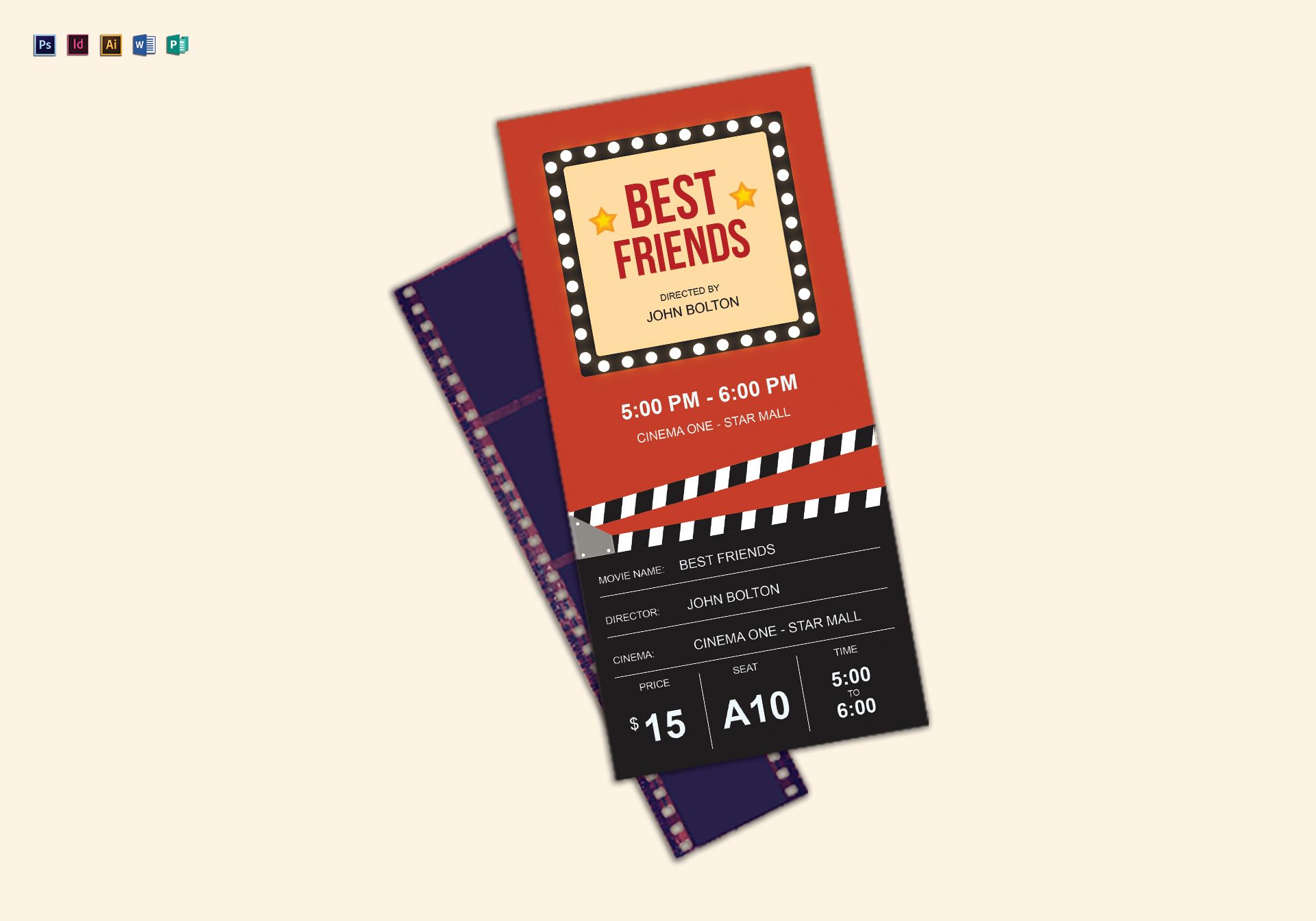
Cinema Movie Ticket Example
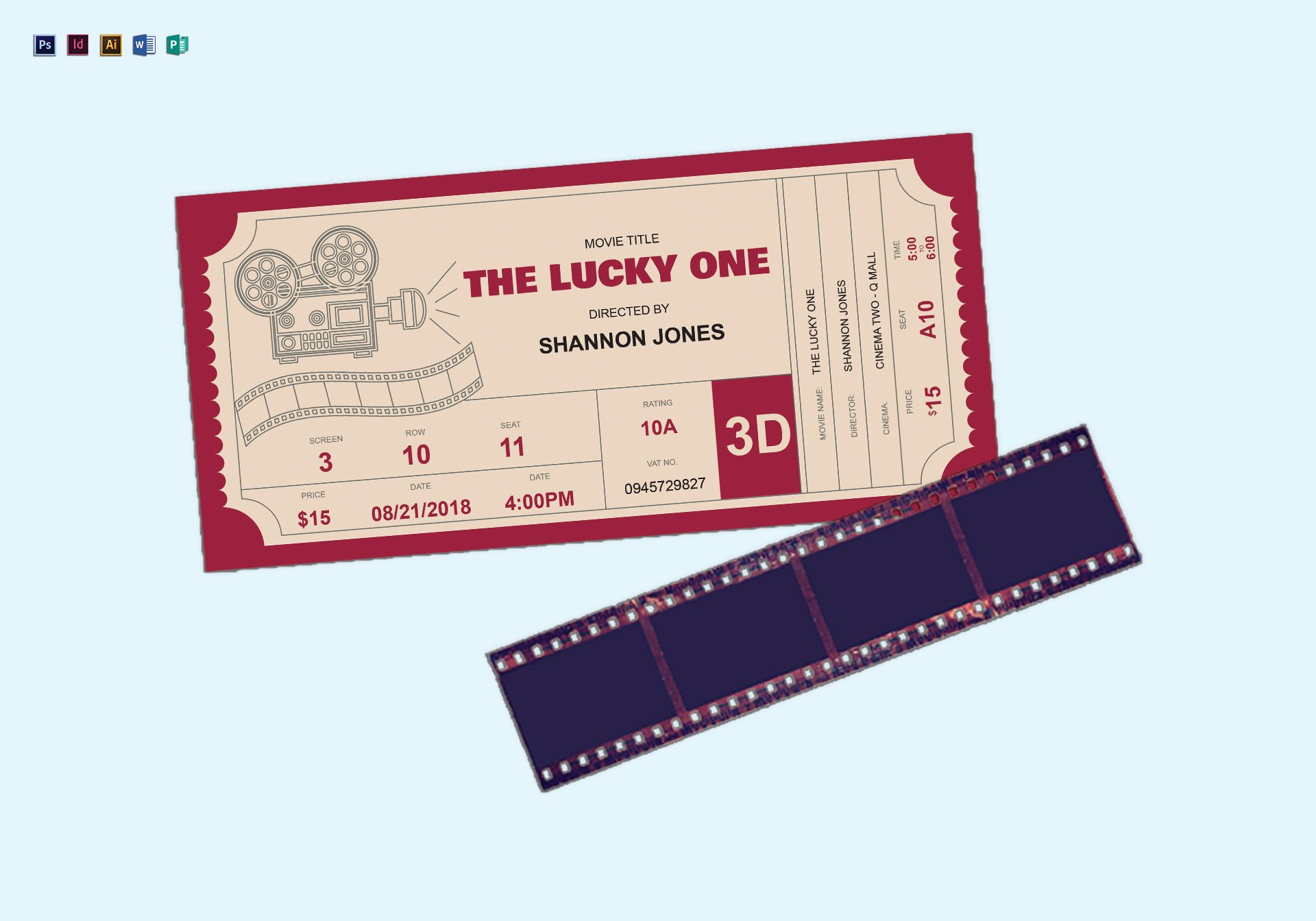
Birthday Invitation Movie Ticket Example
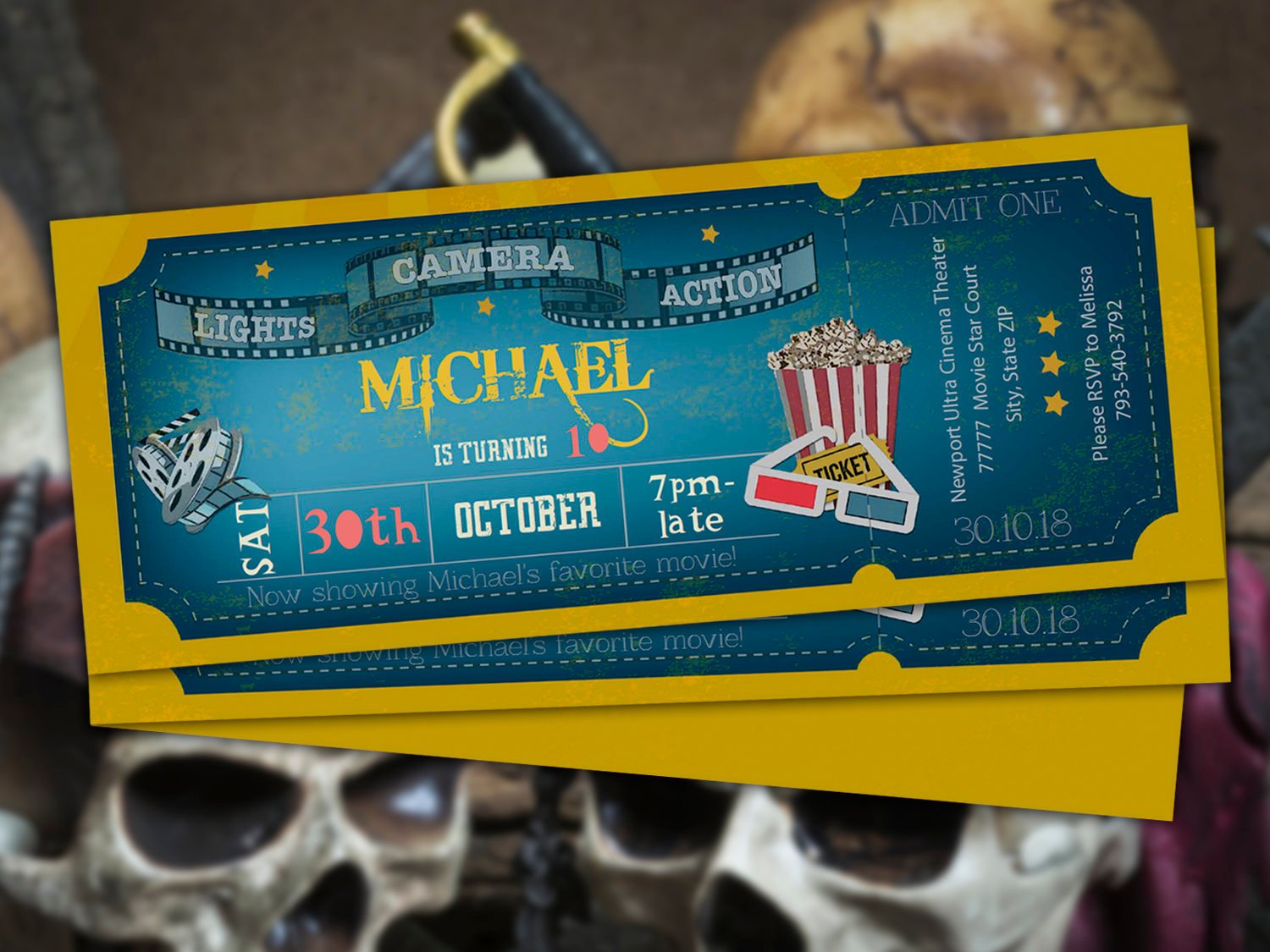
The Purpose of Tickets in Business
Do you ever worry that tickets for an event you’ve been wanting to go to would sell out before you could get your hands on them? It can get frustrating at times, especially when ticketing service websites begin crashing, and the lines at your local ticketing counters start curving around the block. But why do businesses even bother having a proper ticketing system? How can this help them in any way?
For one, tickets sales are equivalent to revenue. The number of tickets that were sold at a particular time serves as a significant factor in measuring the success of a particular function. If ticket sales for a movie exceed expectations over the weekend, and proceed to reach staggering numbers weeks after its release, then the media would define it as a blockbuster hit. Despite the negative feedback generated from film critics, if a movie does well in the market based on ticket sales, the production team is still left with something to celebrate about. You may also see Elegant Ticket Designs and Examples.
Tickets are also important for safety and security purposes. Most theaters can only accommodate a limited number of people at a time, which means that movie tickets are only sold according to the venue’s capacity. Going over the limit may lead to several risks and dangers for some movie-goers, as overcrowding can lead to stampedes and lack of proper ventilation within the enclosed area. These tickets also serve as a gate pass to determine whether a person has paid the necessary fees before entering the theater. Otherwise, the business is obligated to remove that person from the theater for ignoring company policies.
Tickets are a common means of marketing as well. While they may not be your regular movie poster or movie billboard ad, ticket marketing is considered to be a subtle yet powerful form of advertising. If you think about it, how many times have you photographed your movie ticket and posted it on social media for your followers to see? Regardless of how simple the ticket may look, you’re still promoting the movie (and the theater that’s showing it), even if it wasn’t part of your intentions. This is another reason why some theaters put on the extra effort with their ticket designs to attract audiences, especially during opening weekend releases and special screenings.
It’s a fact that tickets have changed in terms of how they look over the years. What was once an inch in length now looks like the type of tickets you get from winning a few games at the arcade. Though it doesn’t really seem practical to spend so much time, money, and effort on a ticket design, it wouldn’t hurt to invest a good amount on it to increase brand awareness and boost ticket sales.
Editable Movie Ticket Example
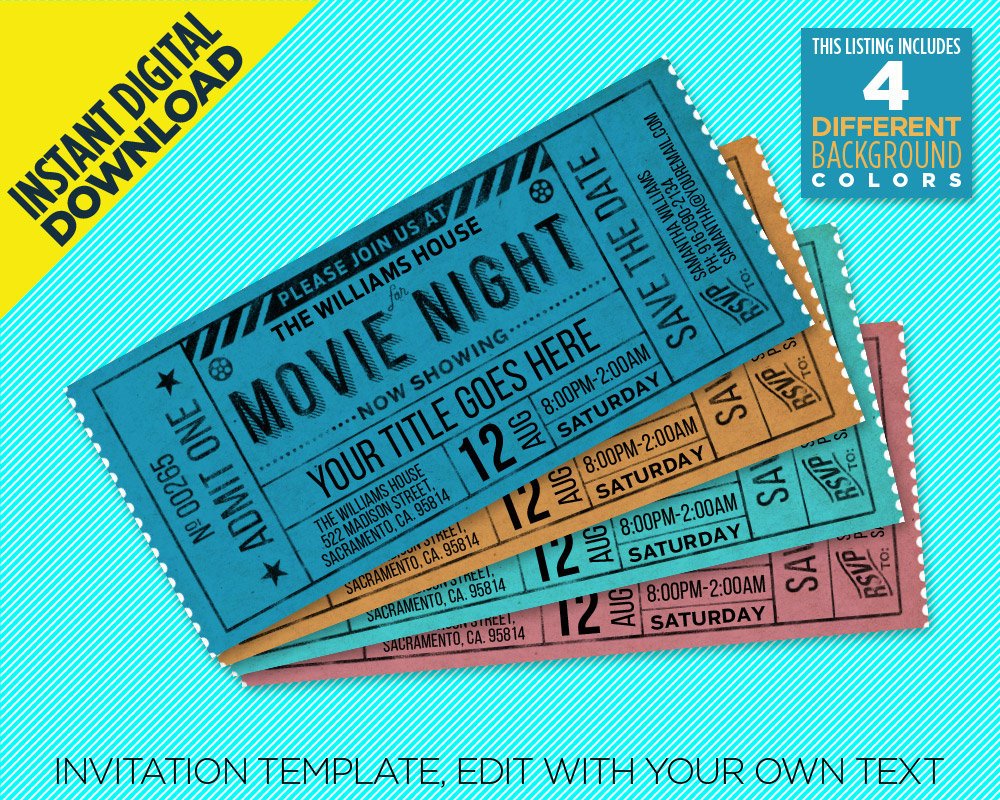
Movie Party Invitation Ticket Example
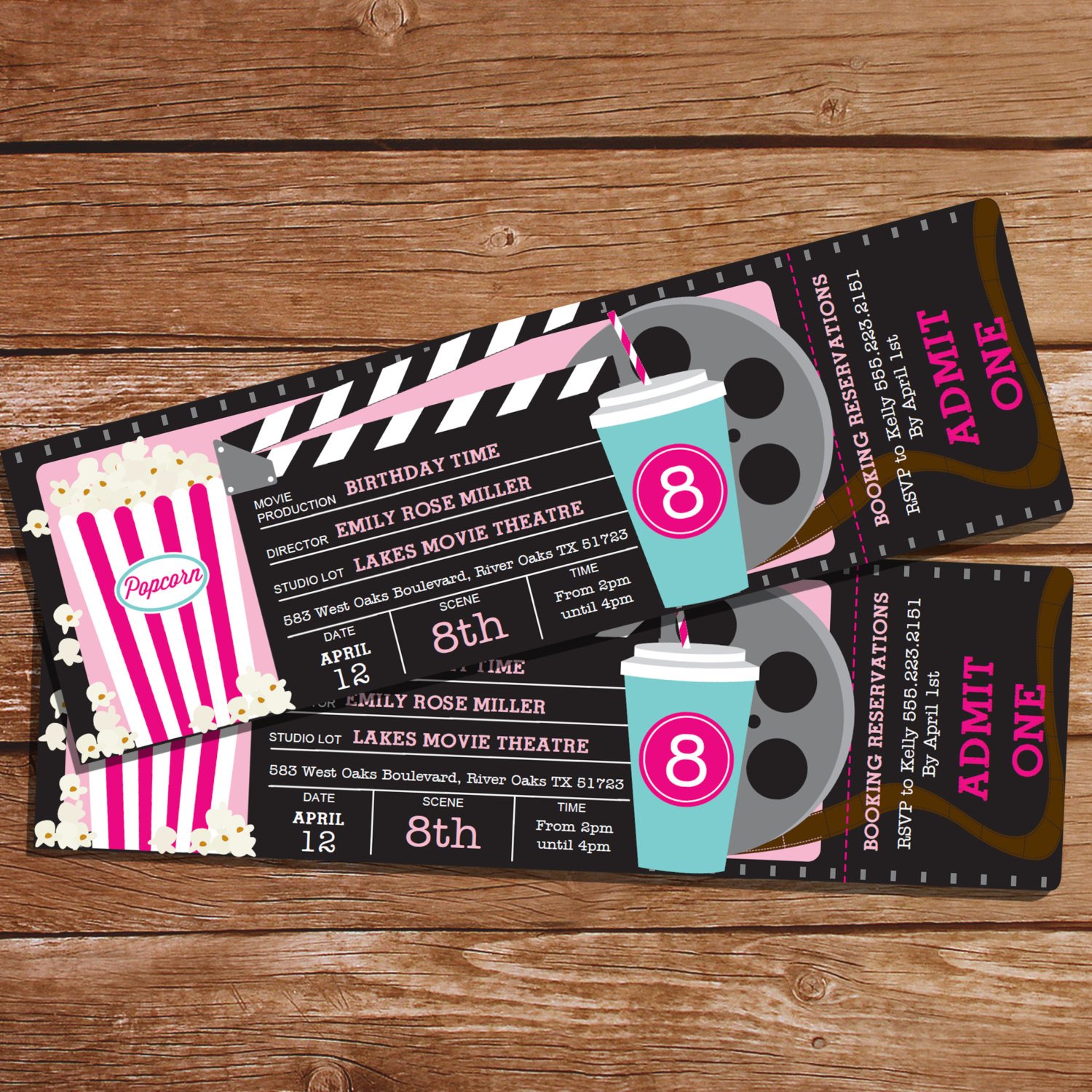
Pink Movie Night Ticket Example
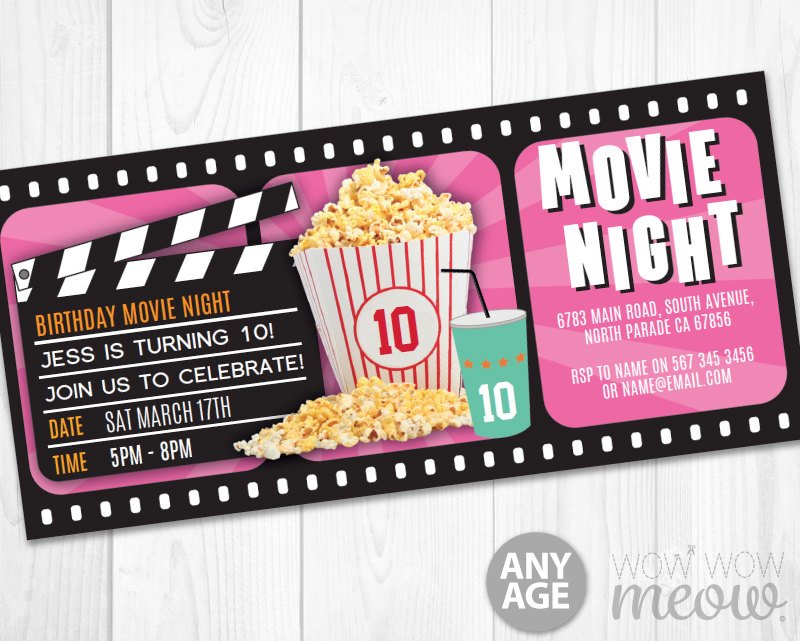
10 Facts You Didn’t Know about Movie Theaters
They say that every place has a story—a piece of history you never knew about, or never even bothered to learn about. Movie theaters carry so many secrets that most movie-goers are oblivious of. Though they may not be as mind-boggling as the likes of the Bermuda Triangle or Atlantis, it’s still interesting enough to keep you on the edge of your seats. You may also see Multipurpose Show Ticket Designs.
So the next time you purchase a movie ticket to see a new film, here are a few things you might want to ponder on before the movie starts:
1. Red velvet curtains used to be a signature element in movie theaters.
You might have noticed how some opera houses and auditoriums still use heavy red velvet curtains to cover the screen before a play or performance starts. These curtains bring an aura of majesty to keep an audience on their best behavior. Back then, movie-goers wore dresses and suits to the theater, which were a far cry from the regular T-shirts and leggings we’ve grown accustomed to these days.
Unfortunately, you won’t find these curtains at modern movie theaters anymore. They haven’t been as common since the day that theater owners realized how they could turn these movie screens into temporary movie billboards for extra profit.
2. Uniformed ushers were popular back then.
While theater staff are still dressed in uniform these days, nothing could compare to the gallant men and women who escorted guests to their seats dressed in more finery than a decorated veteran. This was during the time when movie ushers did more than just tear tickets and clean up after your popcorn seemingly exploded under your seat.
3. Some theaters allow double features.
If you missed the start of a movie because you were stuck at the concession stand, you could always wait to see the start of the movie again when the next time slot for the film begins. This usually happens when a movie has been out for a few weeks or so, or if a theater doesn’t get a lot of customers due to its location or the time of day.
4. Newsreels were a thing in the early days.
Before the television became a prominent part of our households, most people had to get their breaking news from the radio or the daily newspaper. But as we all know, hearing and reading something is a lot different from actually watching something unfold. Newsreels provided a brief update of what went on in the world for audiences to watch. They were usually shown prior to the main feature, and it was the only way for most people to see the actual footage of an event take place, like the Olympic games or the Hindenburg explosion.
5. Theaters don’t get to decide what movies are playing.
Theaters don’t have a say on what movies are playing, so don’t bother complaining to the clerk behind the ticket counter or the manager. This usually depends the decisions made by the corporate head office. This is why some movie selections in certain theaters aren’t as good as those in the city’s multiplex. If you don’t like what’s playing, you could always visit another theater nearby to find what you want.
6. Some theater employees get pre-screening privileges.
Some might consider this a great job perk for movie enthusiasts. While not all employees are given the opportunity to screen films before the public, chances are, theater employees still get the chance to see parts of a movie at any given time as part of their job role. This usually happens while they monitor attendees and escort people in and out of the theater with their flashlights.
7. Concession stands generate more money than the actual movies.
This might sound like a shocker to you, but movie theaters don’t get a lot from the films themselves. That’s because the profits from the first week or month go to the studios and not the theaters. This explains why theater snacks are always overpriced, as businesses need to take advantage of every money-making means that they can in order to survive.
8. Movies can start late, but still end on time.
Though the movie may not have started at the exact time indicated in your ticket, it’s still bound to end on time. This is a common tactic that theaters use to allot enough time for ads and previews.
9. The projection room is usually empty.
If you’re one of those curious cats whose eyes have wandered to where the source of the projection comes from, you might have wondered what goes on inside the projection room.
News flash: the booth is usually empty when the film is running.
The projector typically runs a file off a hard drive that can be left alone. This is usually monitored before every film to avoid any discrepancy.
10. Movie seats are filthier than you might have thought.
This might be something you’re already familiar with, but it wouldn’t hurt to emphasize it a bit more.
The gum underneath your chair and the crumbs on your seat might have been there for a week or so. This is a disgusting fact that theater owners refuse to acknowledge. As much as staff members try to keep your surroundings neat and clean, there’s not much they can do about rude (and gross) customers that come by.
Movie Night Ticket Example
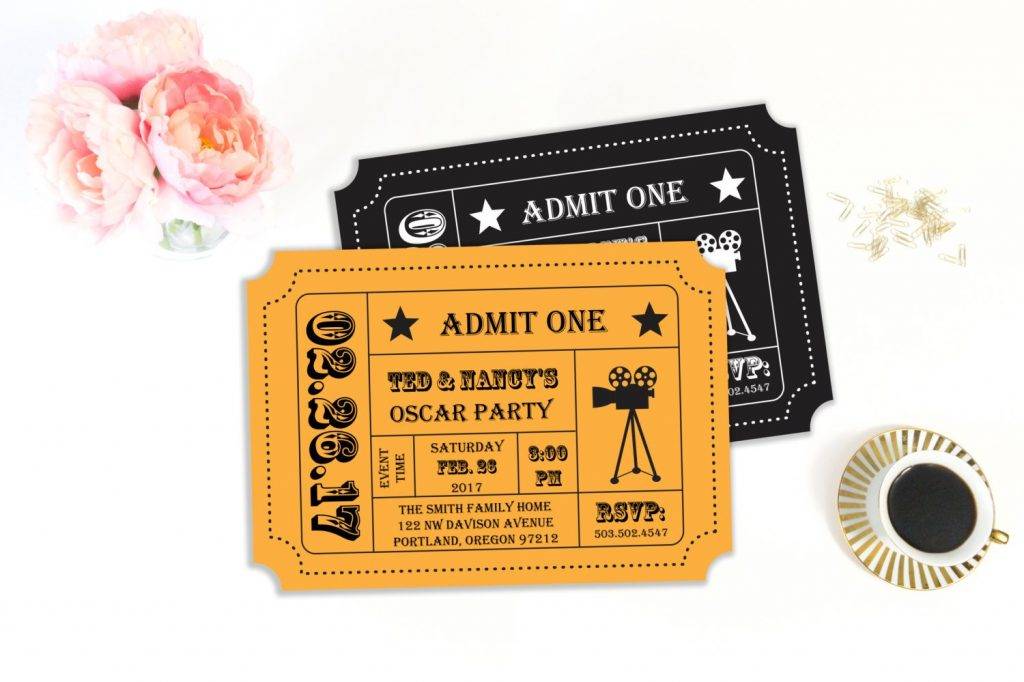
Tips for Designing a Useful Ticket
Imagine if tickets never existed. How difficult would it be for security guards to let people into the venue without knowing whether they’ve paid the necessary fees? It’s even worse if you had to attend a seated event where sections are divided based on the amount you have paid for. This is why it’s important for organizers to develop a ticket design that’s not only attractive to look at but functional as well.
To do so, here are a few tricks to help achieve a useful ticket design:
- Stick to the basics. The layout and content of the ticket would usually depend on its purpose. If you’re planning to make a concert ticket for an upcoming event, you need to focus on making a mid-size ticket to cover all the necessary details accordingly. But if you’re creating something as simple as a movie ticket, there’s really not much to do. You can include a few graphics to help enhance its layout, as long as it does not overshadow the rest of its content. With a movie ticket, its textual elements are generally more important than its design.
- Avoid adding unnecessary details. Fortunately, there isn’t a lot to cover with a movie ticket. Most movie tickets contain information regarding the date and time of the given film, the film name, the cinema number, the theater name, as well as the ticket’s validity period. Some businesses also offer discounts and freebies to customers by including a cash voucher along with their ticket. It’s important to only include items or details that are relevant to the ticket’s primary purpose.
- Select an appropriate size. Some theaters produce inch-long movie tickets, while others can be the size of two credit cards. This would usually depend on the kind of content you’re going for. If you hope to create a picture-worthy ticket design for marketing reasons, you might want to choose a bigger size to make your content a lot more visible. But if you want to keep it practical with a one-time use type of thing, a ticket that’s the size of your pointer finger would do.
- Recognize the value of white space. This is a rule that you should never forget to apply. White space is basically imaginary at first, and it’s usually applied when you first visualize your design. This is done to prevent a cluttered outcome, which usually happens when graphic designers fail to leave a sufficient amount of space between letters, words, illustrations, and other design elements. This will also make your content appear more visible (and readable) from a fair distance. That way, you can reduce the chances of people misreading what the ticket actually says.
- Create a print and digital version of the ticket. Printed tickets have been around since the early years of the film and entertainment industry. Though it’s still common for movie theaters to issue these tickets in a traditional way, many companies have began selling their tickets online. This allows movie-goers to print or download their tickets upon purchase. Once you arrive at the venue, you could either present the printed ticket to security or show a digital copy of the ticket through your mobile device. Both types have their own share of pros and cons, so it’s best to produce both types for the convenience of everyone involved.
Movie tickets come in all shapes and sizes. They are important for a number of reasons, which is why creating a ticket that can attract attention and serve its essential purpose should be a priority. Thankfully, achieving this is not a difficult task to conquer. With the help of these simple guidelines and movie ticket examples, you can create the perfect ticket design in no time!


